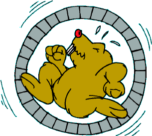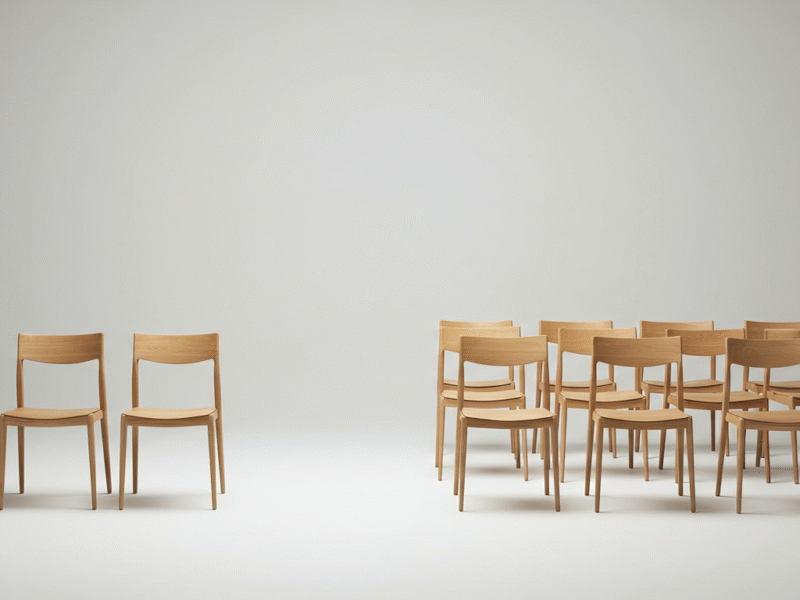Here was the original problem:
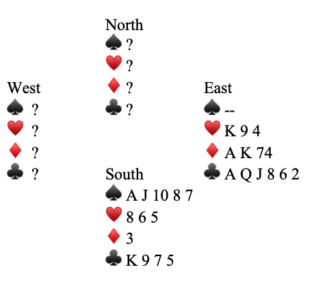
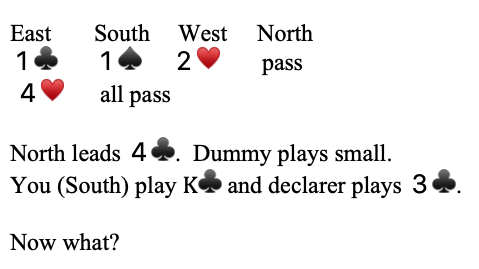
Solution–
The only ♣️ still out is the 10♣️. If partner started with ♣️ 10 4 she/he would have lead 10♣️ not 4♣️, i.e. top from a doubleton. So partner is out of ♣️s and declarer still has the 10♣️. At trick two lead a ♣️ for partner to ruff. If you lead the 9♣️ that asks partner to come back in ♠️. If you lead the 5♣️ that asks partner to come back in ♦️s. If you lead the 7♣️ that means you don’t know which return to ask for.
Here was the entire hand:
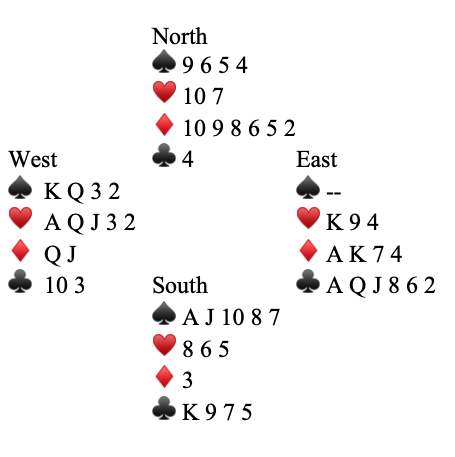
At our table South returned 3♦️ at trick two. Declarer won this trick, drew trumps, and claimed 12 tricks. North/South got a 38% board. Getting the ♣️ ruff [holding declarer to 11 tricks] would have earned North/South a 65% board. The key to the hand is to realize that North’s 4♣️ lead was a singleton. Notice that West could have made the defense more difficult by playing the 10♣️ under South’s K♣️.
